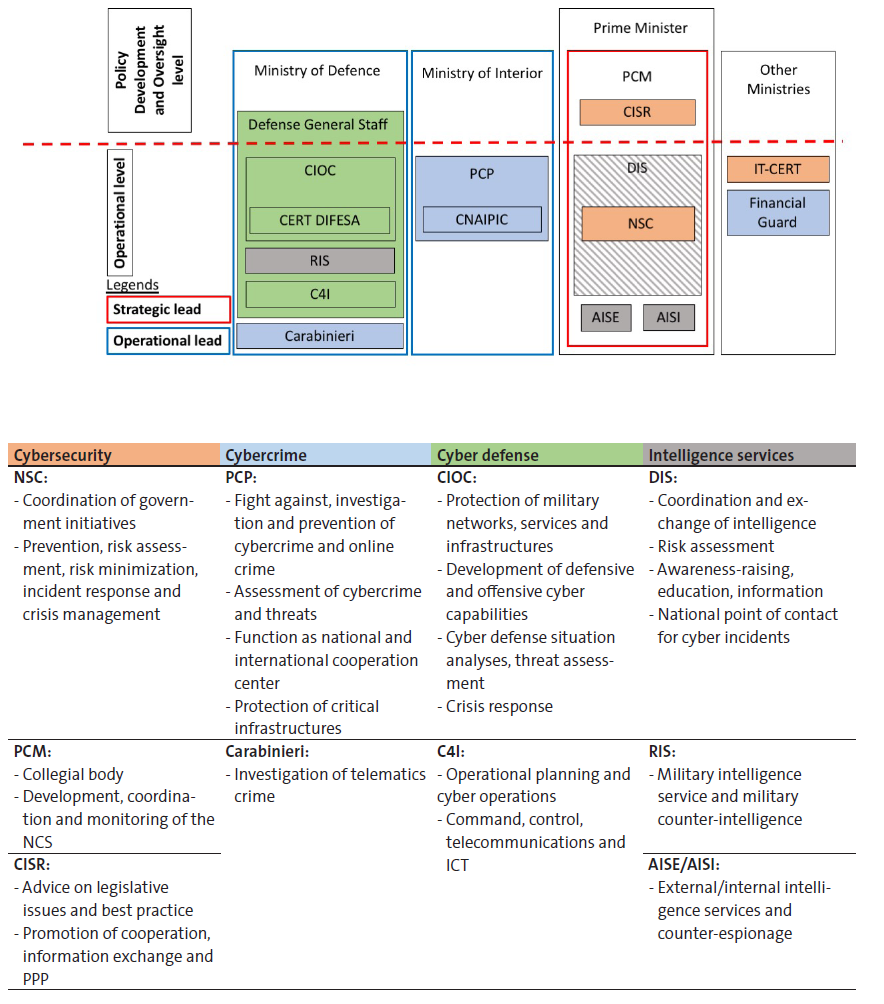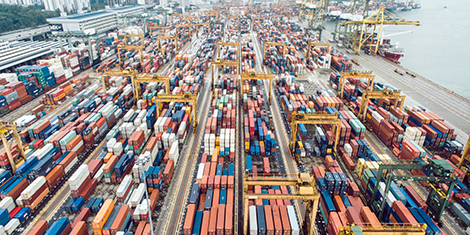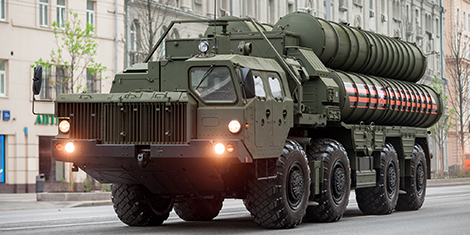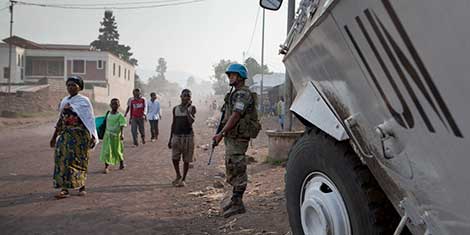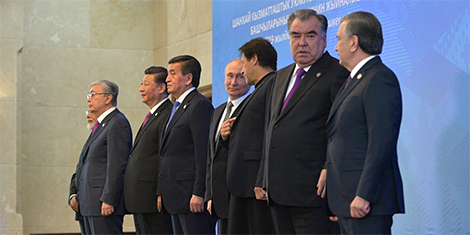
This article was originally published by the Italian Institute for International Political Studies (ISPI) on 3 October 2019.
For a long time, the five Central Asian republics have presented a puzzle to researchers and policymakers regarding regional cooperation. They have a range of historical, linguistic, religious and political aspects in common: they were all part of the same bloc, the Soviet Union; they have Russian as a lingua franca, while most national languages are part of the Turkic linguistic family and largely mutually intelligible; Sunni Islam is the region’s predominant religion; and they exhibit similar political systems. Furthermore, Central Asian states share the fate of being situated in a largely neglected, landlocked region surrounded by more populous, powerful neighbours, namely Russia and China.

